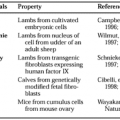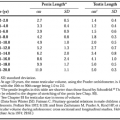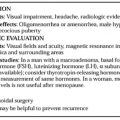PATHOPHYSIOLOGY
Part of “CHAPTER 58 – PRIMARY HYPERPARATHYROIDISM“
The functional abnormality of primary hyperparathyroidism is incompletely understood. Normally, PTH secretion is tightly regulated by the serum ionized calcium concentration; it is stimulated when the ionized calcium concentration decreases and suppressed when this concentration increases. In primary hyperparathyroidism, this sensitive regulatory control is lost, and the parathyroid glands continue to secrete PTH despite an elevated ionized calcium level. The cellular basis for altered control could be an altered setpoint, so that the parathyroid cell can be suppressed only if the ionized calcium concentration is raised to a level that is higher than normal. Alternatively, the excessive secretion of PTH could result from an increased number of parathyroid cells without a change in the setpoint for calcium. In primary hyperparathyroidism caused by adenoma, both mechanisms are likely to be operative. Conversely, in primary hyperparathyroidism with hyperplasia, the setpoint appears to be closer to normal.4,5 The abnormal secretion of PTH probably arises from the increased number of parathyroid cells (see Chap. 49).
Stay updated, free articles. Join our Telegram channel

Full access? Get Clinical Tree






